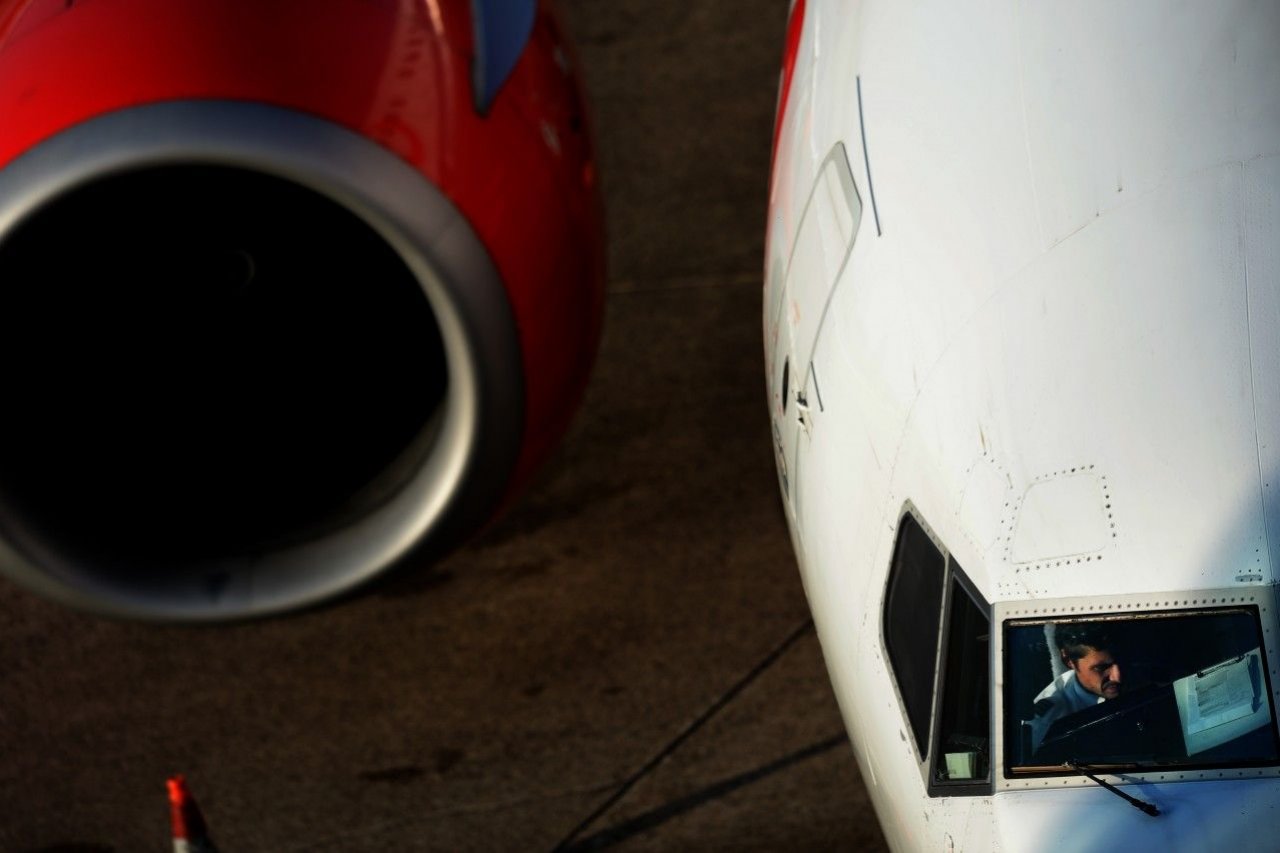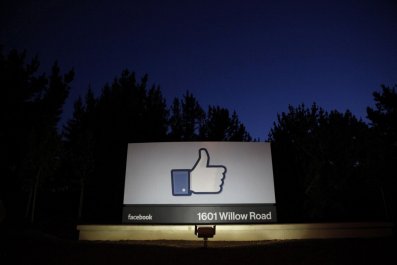As the world speculated about a potential role of pilots in the disappearance of a Malaysian Airlines jet, the U.S. grappled with its own pilot issue: there aren't enough of them. Almost all regional carriers had a very hard time hitting hiring targets over the past 12 months, and 11 out of 12 regional airlines interviewed can't find enough pilots.
This isn't a minor problem. The lack of pilots translates into canceled flights and, in some cases, the closure of airports and hubs. "Recently, Great Lakes Airlines and Silver Airways—two small U.S. regional carriers—were forced to cancel service to 11 towns due to a shortage of pilots," says Matt Barton, co-founder of Flightpath Economics, an independent group of aviation economists and consultants. "United Airlines also recently announced the closure of the company's hub in Cleveland, which the company claimed was based in large part on a shortage of pilots at United's regional partners."
The potential impact is severe. Barton estimates the shortage could affect up to 10 percent of the U.S. population. "If someone is sitting in Boston or L.A. or other large cities, they could easily have the perception that this problem won't matter to them," he says. "But the reality is far more complex. Many of the nonstop services these large cities enjoy are fed and sustained by small aircraft connecting in from smaller non-hub airports. Ultimately, a loss of any single node in the network impacts the economics of the entire network."
Why can't the regionals get pilots? The answer is simple: The job is no longer sexy. The glamorous perks of high wages, flying to exotic places and having lots of free time each month, have disappeared. The enviable retirement funds don't exist anymore, and even the simple joy of flying an airplane is a lot less fun now because of increased automation in the cockpit.
There are plenty of certified pilots—they're just not interested in flying commercial. In January 2014, there were 137,658 active and air-transport-pilot-certified pilots under the age of 65. About 66,000 of them were employed at major airlines or smaller regional airlines. That leaves more than 71,000 eligible pilots for the up to 10,000 unfilled positions over the next 10 years.
According to Federal Aviation Administration data, 7,858 of those 71,000 pilots work for foreign airlines. As for the other 63,000 pilots, there's no reporting on whether they are in the U.S. military, employed as pilots in non-airline operations, employed in non-pilot jobs in the aviation industry or working in a non-aviation career altogether.
The biggest pipeline for commercial pilots has long been the military. Air Force, Navy and Army pilots would fulfill their service commitment and then make the jump to a major airline. Over the past 10 years, the trend has changed. According to the GAO report, prior to 2001, about 70 percent of airline pilot hires came from the military. Currently, that number is closer to 30 percent. Military pilots are starting to re-enlist after meeting their required term of service, which now can be up to 10 years after completing training. Life at the mainline airlines just isn't as appealing.
"More military pilots are staying in the service for its benefits, compared to the airlines," says a retired US Airways captain and Air Force pilot who didn't want to be named. "Aside from the money and benefits, after the terrorist attacks on 9/11 many of the fun and enjoyable aspects of [commercial flying] were taken away. Pilots are now 'locked in the cockpit' with little passenger contact, and they face more security."
It's not just the military pilots who are turning their backs on major airlines. Representatives from most of the collegiate and vocational pilot schools interviewed in the GAO report said they have experienced declines in enrollments over the past 10 years—23 percent from academic years 2000-2001 through 2011-2012. Fewer graduates mean a smaller pool of potential pilots.
"Given the turmoil and low pay, I doubt if I would pursue a career in the airline industry today," admits Charles Beattie, a first officer/co-pilot who retired from US Airways after 31 years in the cockpit. "The pay is less, the hours worked are longer, the pension system is smaller or nonexistent, and job security is up for grabs. It's not pretty out there. The industry was fun starting out in 1973 but went downhill with a few furloughs, pay cuts and mergers. The final straw was the bankruptcy wiping out my pilot retirement at US Airways."
He's not alone. Several retired pilots told Newsweek they wouldn't do it all again.
Some aviation experts and pilots, both current and retired, think low pilot pay is the main reason people aren't pursuing an aviation career. "Learning to fly is very expensive, and the regionals don't pay well at all," says a current first officer with Delta Air Lines who declined to be named. "It's hard for a person to get excited after accumulating $80,000 in debt to then make $20,000 a year for a couple of years."
The Airline Pilots Association also thinks low pay is the issue. Its response to the GAO report was simple: "There is no shortage of qualified pilots. There is, however, a shortage of qualified pilots willing to fly for substandard wages and inadequate benefits."
"I think there will always be a number of people who want to become an airline pilot, either from watching old John Wayne films or are just in love with flying," Beattie says. "I looked at it as a job and think it should be compensated for its responsibilities. Flying hundreds of passengers from A to B shouldn't be seen as the same job as driving a Metro bus or paid the same or less than the Metro bus driver. You can't pull over at 33,000 feet."




















